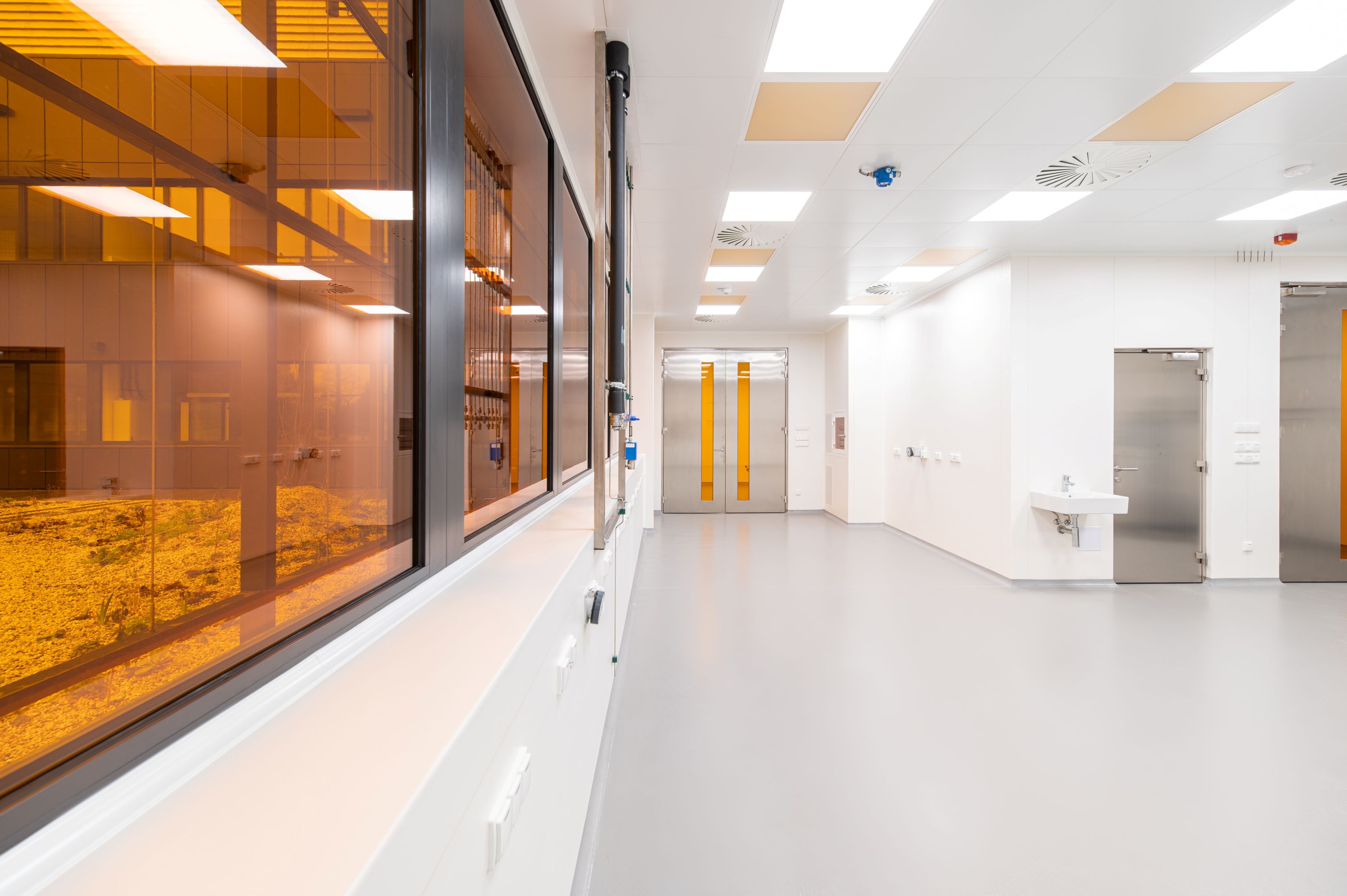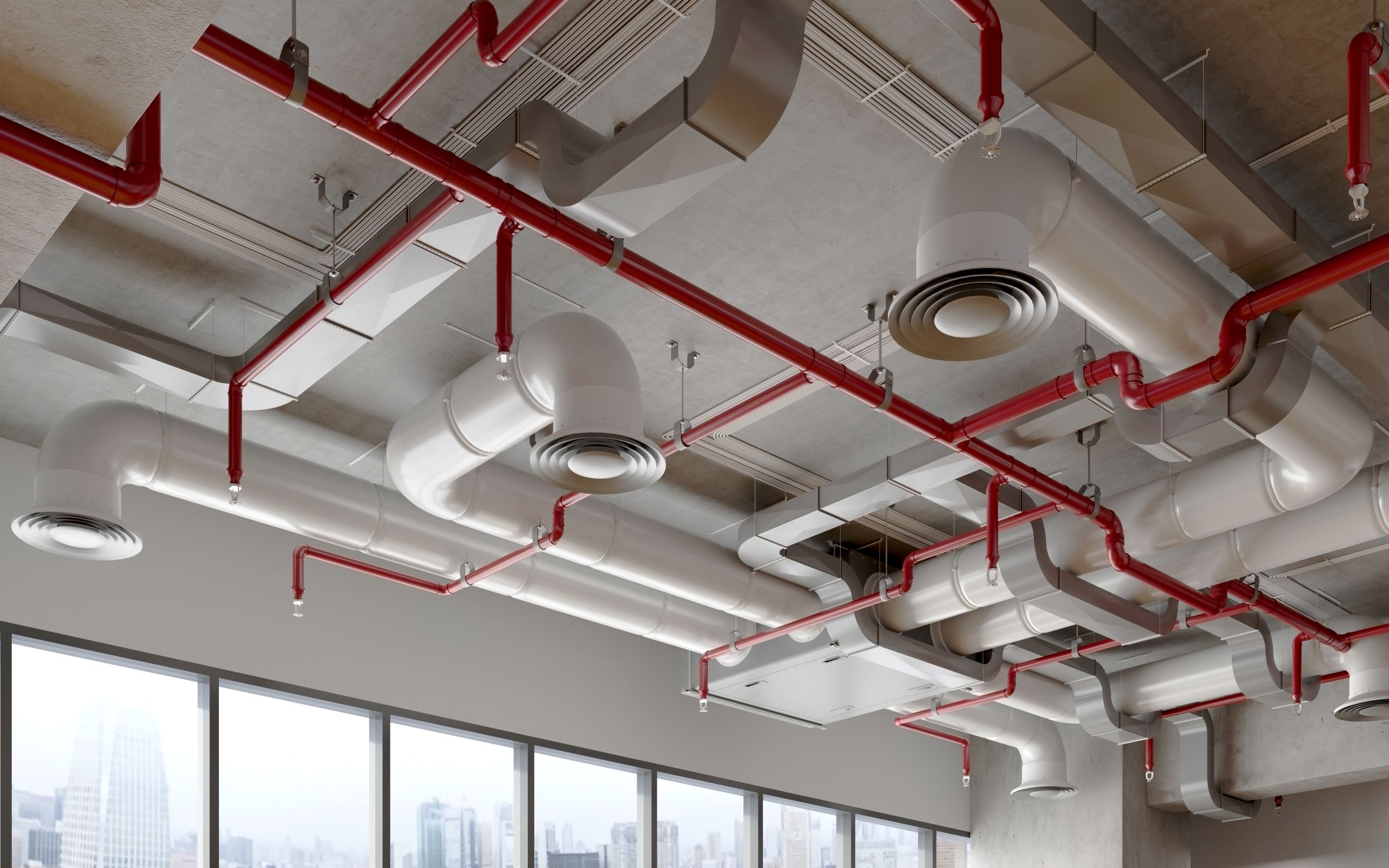Rubber Flooring & UK School Design
Rubber Flooring and UK School Design Standards

The Modern UK School
In modern UK school design, flooring is no longer just a finish — it’s part of the building’s environmental performance. A 2016 review by Prof. Philomena Bluyssen (Cogent Psychology - which can be read in full HERE) found that the choice of flooring material directly shapes classroom acoustics, thermal comfort, lighting, and indoor air quality, all of which influence pupils’ comfort, focus, and academic outcomes¹.
That insight aligns perfectly with the UK’s drive toward Net Zero Carbon schools and sustainable procurement standards under the Department for Education’s Sustainability and Climate Change Strategy (2022)². It’s no surprise that rubber flooring is now the go-to material for architects working toward BREEAM Excellent, RIBA 2030 Climate Challenge, and LETI benchmarks.
Acoustic Calm and Cognitive Focus
Rubber’s elasticity absorbs impact and reduces reverberation — key to meeting the UK standard Building Bulletin 93 acoustic requirements without the cost of additional acoustic treatments. Reduced background noise has been shown to improve reading comprehension and memory retention among pupils.
Air Quality and Health Compliance
Bluyssen’s research highlights indoor air quality as a critical factor in learning outcomes. Rubber flooring emits minimal VOCs, requires no polishes or stripping agents, and fully complies with BREEAM Hea 02 indoor-air-quality credits and the DfE Output Specification Part B on low-emission materials³.
Thermal, Visual, and Safety Comfort
In addition to this, Rubber maintains a naturally warm surface, reducing the energy demand of heating while supporting RIBA 2030 operational-energy targets. Its matte, non-reflective finish minimises glare in daylit classrooms — reducing visual strain — and its high slip-resistance can meet BS EN 14041 for resilient flooring⁴.
Circular Sustainability and Cost Efficiency
With recycled and natural raw materials and a service life exceeding 20 years, rubber flooring contributes to whole-life-carbon reduction and cost efficiency — both key measures under LETI and BREEAM Mat 01 lifecycle assessment frameworks.
In essence: By stabilising acoustics, air quality, temperature, and light, rubber flooring helps build learning environments that meet the UK’s highest sustainability and performance standards while improving classroom wellbeing.
Our full range of school ready flooring can be seen HERE
Third party information sources used within this blog post:
- Bluyssen, P. (2016). The role of flooring materials in health, comfort and performance of children in classrooms. Cogent Psychology 3(1).
- Department for Education (2022). Sustainability and Climate Change Strategy.
- DfE Output Specification Part B: Environmental Standards; BREEAM Hea 02 Indoor Air Quality.
- BS EN 14041 (2004 + A1 2006): Resilient, textile and laminate floor coverings — Essential characteristics.



